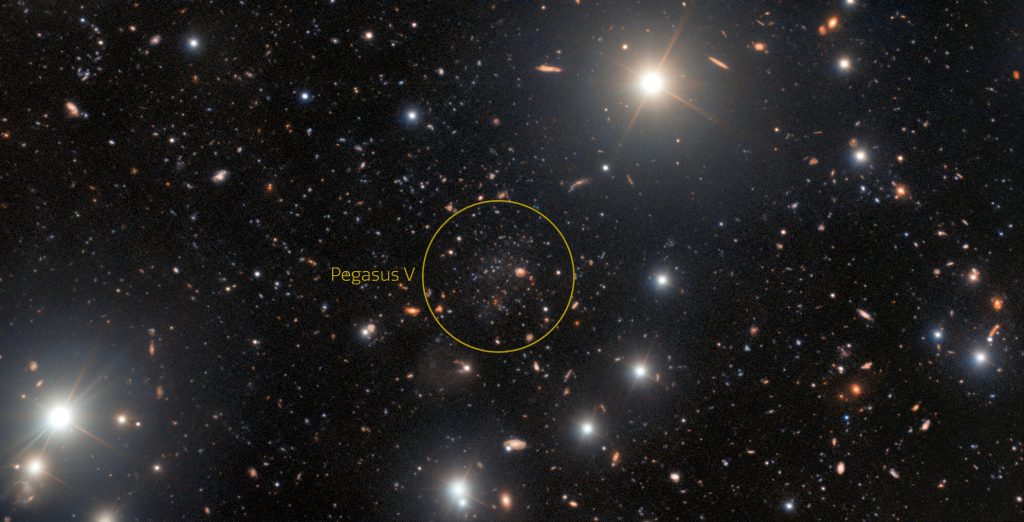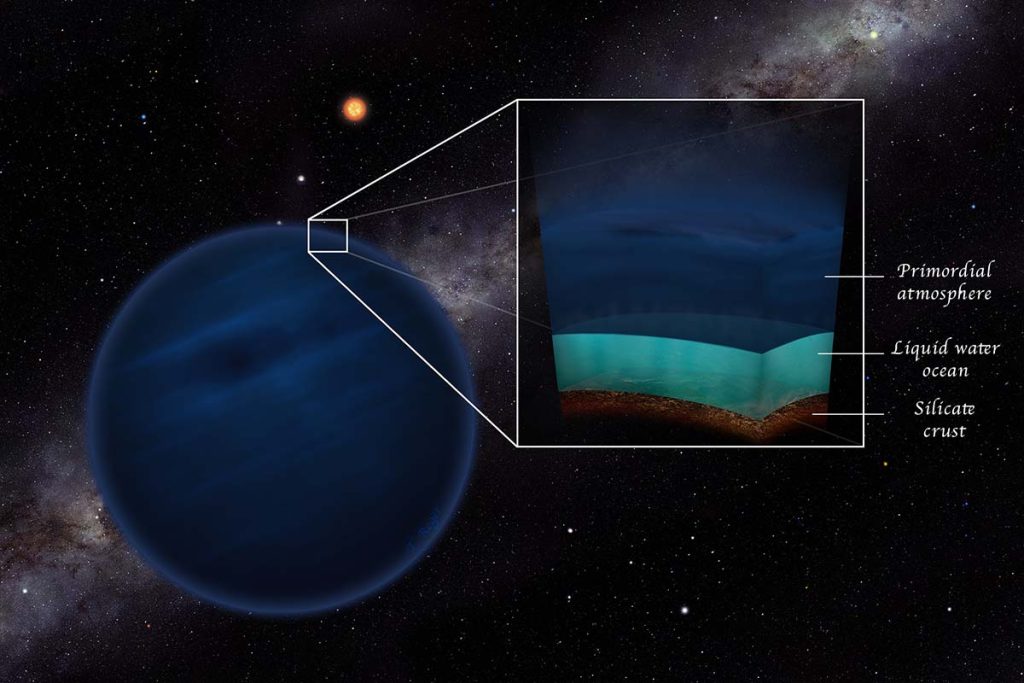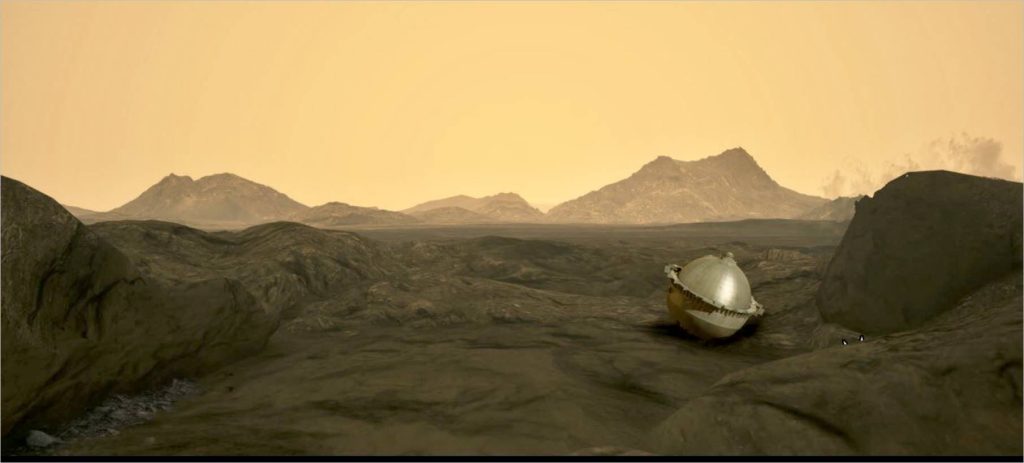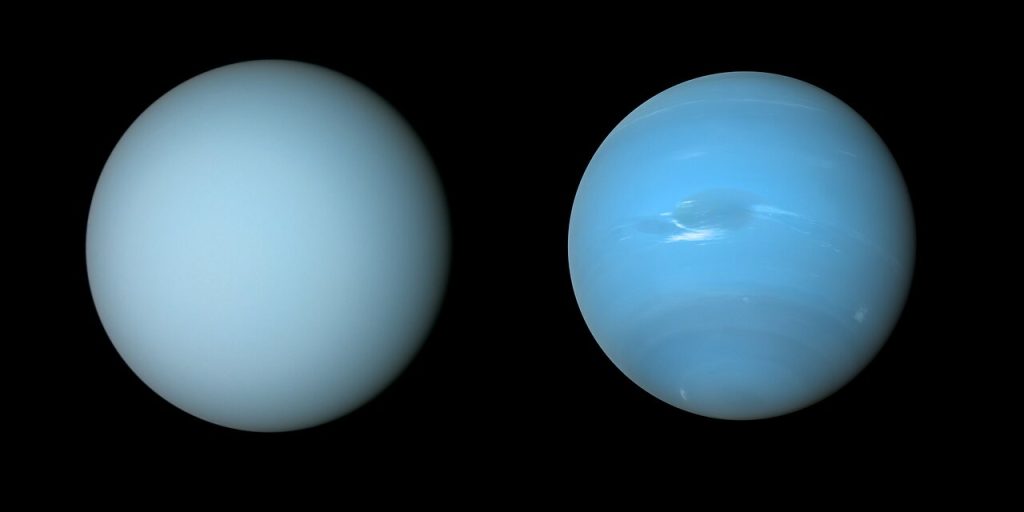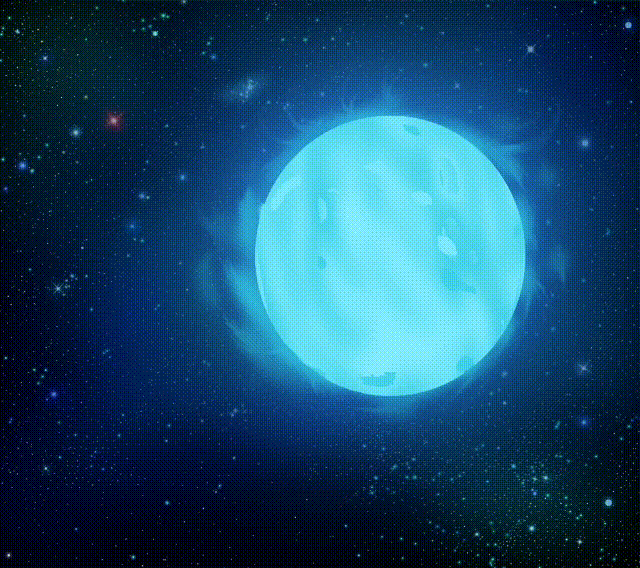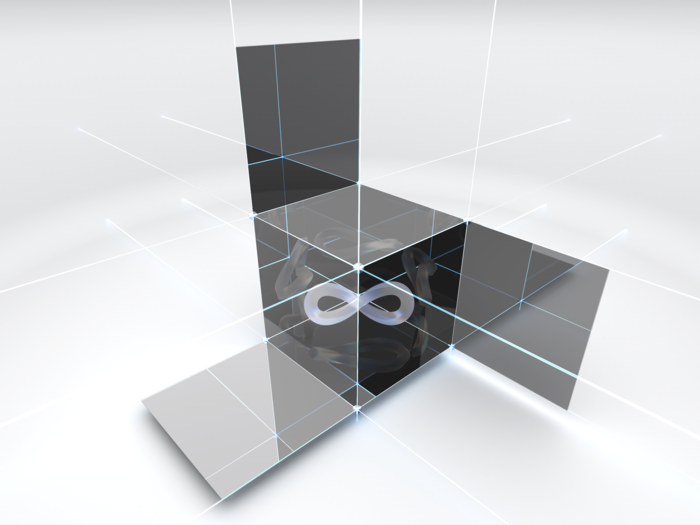News from the cosmic origin of life
Nitriles, a class of organic molecules with a cyano group, i.e. a carbon atom bonded to a nitrogen atom via an unsaturated triple bond, are usually toxic. Yet, paradoxically, they are also an important precursor for molecules that are essential for life - namely, ribonucleic acid (RNA). Astrobiologists already knew that complex molecules are surprisingly common even in space, which is hostile to life. Now, a team of researchers from Spain, Japan, Chile, Italy and the United States has shown that a wide range of nitriles occur in interstellar space in the molecular cloud G+0.693-0.027, near the center of…


